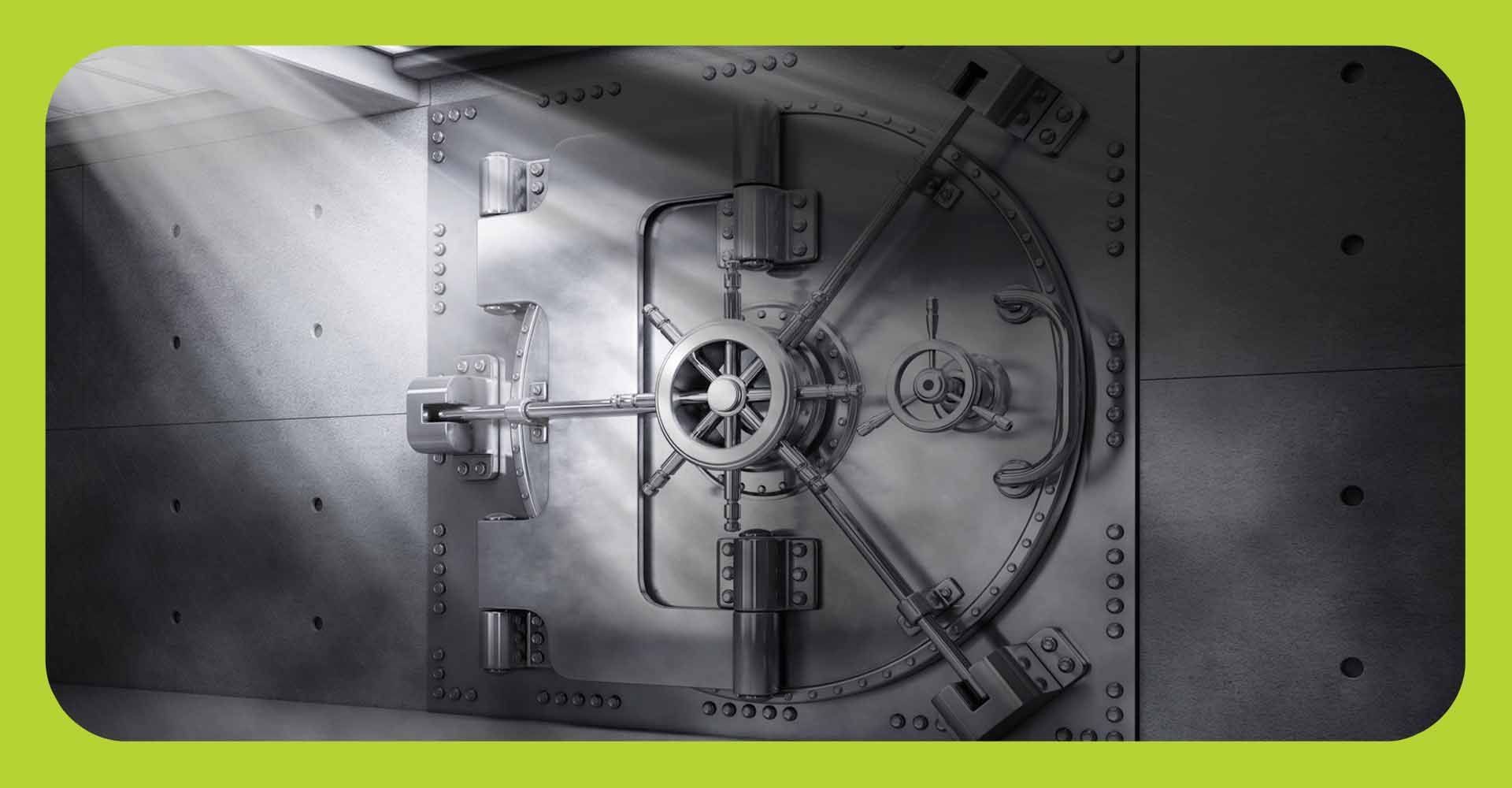
If you’re a business owner focused on building a reliable retirement strategy (and lowering taxes along the way), the Section 412(e)(3) Plan deserves your attention. While it may sound like alphabet soup, this plan offers one of the most predictable, high-contribution retirement options available. And when you're juggling business growth and long-term planning, predictability and tax efficiency can be worth their weight in gold.
At Nth Degree CPAs, we work with small business owners—whether you’re running a medical practice, a marketing agency, or a consulting firm—who want to use every tool available to build tax-advantaged wealth. The Section 412(e)(3) Plan is one of those tools.
What Is a Section 412(e)(3) Plan?
The Section 412(e)(3) Plan is a fully insured, defined benefit retirement plan funded exclusively by fixed annuities or a combination of life insurance and annuity contracts. Unlike traditional defined benefit plans, a 412(e)(3) doesn’t rely on investment performance. Instead, it guarantees retirement benefits, providing certainty in both contributions and distributions.
It’s a conservative option—ideal for business owners who want to maximize contributions and lock in a guaranteed benefit at retirement without the market risk.
Why Business Owners Should Consider a 412(e)(3) Plan
1. Higher Contribution Limits Than Other Retirement Plans
Most small business retirement plans—like SEP IRAs or SIMPLE 401(k)s—have contribution caps. A 412(e)(3) Plan allows you to contribute significantly more, making it an ideal strategy for business owners looking to catch up on retirement savings or shelter more taxable income.
Pro tip: Larger contributions can lead to substantial current-year tax deductions.
2. Guaranteed Benefits at Retirement
Because the plan is funded with insurance products (annuities and life insurance), you aren’t exposed to the ups and downs of the market. You’ll know exactly what you’ll get at retirement, which makes financial planning much simpler.
3. Accelerated Retirement Funding
If you’re a business owner who wants to make up for lost time—whether you started saving later or your income has recently jumped—a 412(e)(3) Plan lets you accelerate your contributions. That’s why it’s popular with owners in their 40s and 50s who want to fund retirement aggressively in a relatively short time frame.
4. Tax Efficiency
Contributions to the plan are generally tax-deductible for the business. This can lower your taxable income substantially—particularly valuable for high-income entrepreneurs seeking ways to reduce tax liability in a given year.
Is a Section 412(e)(3) Plan Right for Your Business?
This plan works best for small businesses with consistent cash flow that can support high contributions. It’s particularly effective for owners who:
- Are highly compensated
- Have few or no employees (or those with employees looking to offer strong retirement benefits)
- Want a conservative, guaranteed strategy that offers significant tax deductions
It’s not ideal if you prefer flexible contributions from year to year or if you expect highly variable cash flow.
Actions You Can Take Today
1. Consult with a CPA who understands advanced retirement strategies. Not all plans are created equal, and the rules around 412(e)(3) Plans can be complex. At Nth Degree CPAs, we’ll walk you through how it could fit into your bigger tax strategy.
2. Review your current retirement plan contributions. If you’re maxing out other plans and looking for more tax-deferred space, this could be your next step.
3. Start early. These plans require setup and administration, so don’t wait until year-end.
Ready to See If a 412(e)(3) Plan Fits Your Business? Schedule a consultation today.


Website imagined and executed by RivalMind.
All Rights Reserved | Nth Degree CPAs

